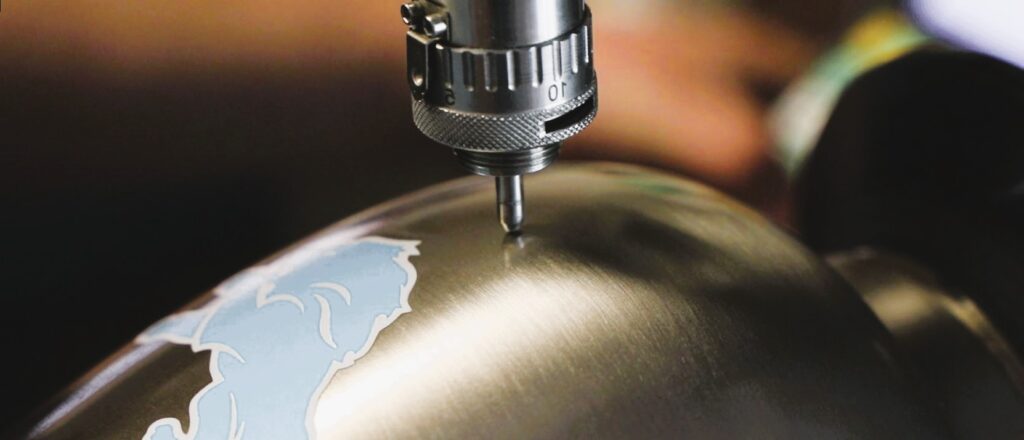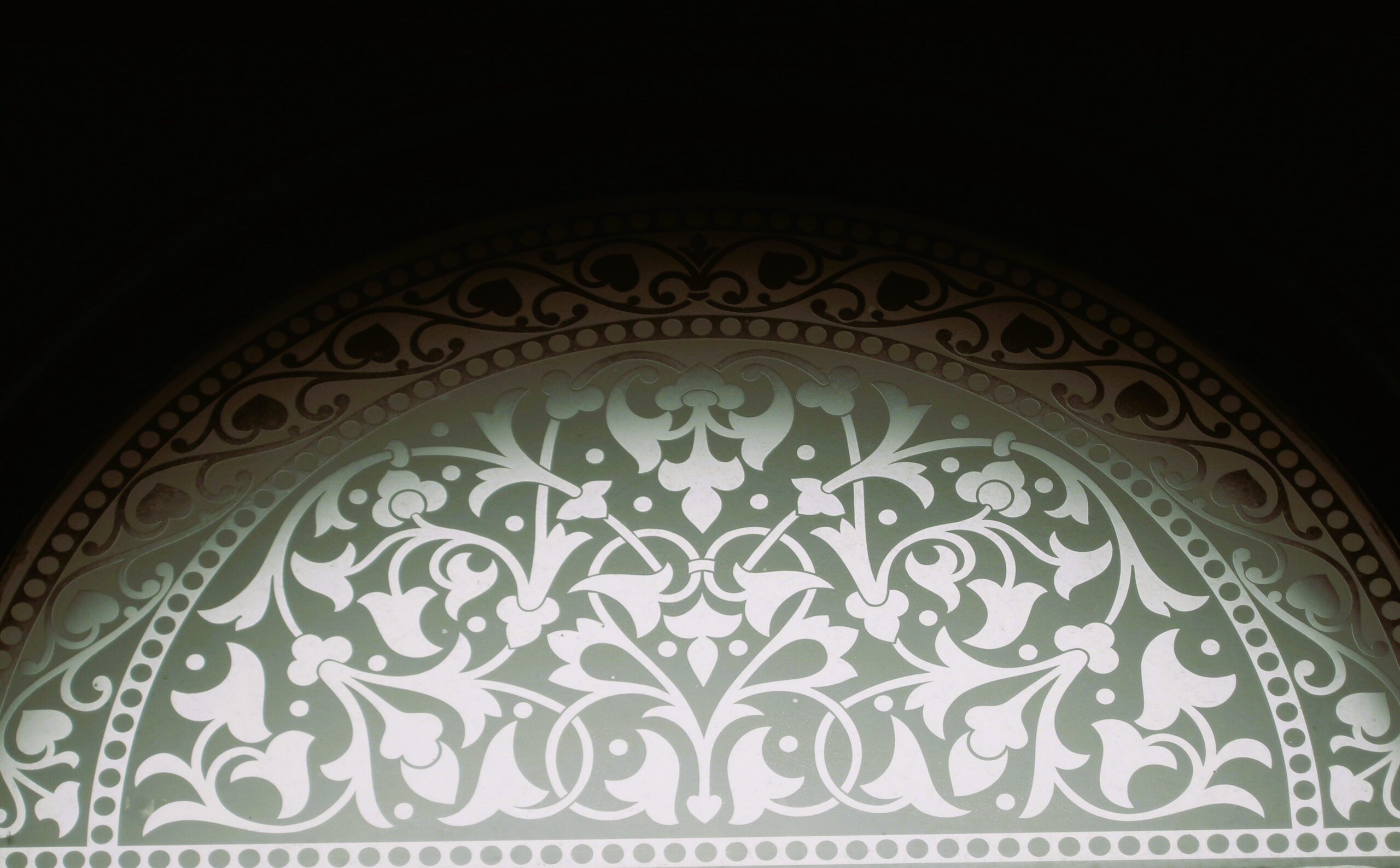Glass engraving is a captivating art form that has been practiced for centuries, combining craftsmanship and creativity to produce intricate and visually stunning designs on glass surfaces. Throughout its history, this art has evolved significantly, from the use of simple hand tools to today’s sophisticated methods that incorporate modern technology. In this article, we will explore the history of glass engraving and delve into the modern techniques and tools used by contemporary glass engravers.
The Historical Roots of Glass Engraving
Glass engraving can trace its origins back to ancient civilizations, including the Egyptians, Greeks, and Romans. These early artisans employed basic tools, such as flint, to etch simple designs onto glass vessels and decorative objects. Over time, the art of glass engraving spread across Europe, becoming particularly prominent during the Renaissance period.
During the Renaissance, Italian glass engravers like Giuseppe Barovier and Jacopo Verzelini gained fame for their exceptional skills. They developed techniques to create finely detailed engravings on glass, often featuring elaborate scenes, portraits, and ornate patterns. These intricate glass artworks adorned the homes of nobility and royalty throughout Europe.
Traditional Glass Engraving Techniques
Historically, glass engraving was carried out through laborious manual processes, with artisans using abrasive materials to carve into the glass surface. The primary techniques included:
- Copper Wheel Engraving: This method involves engraving with a small copper wheel that rotates against the glass surface. The engraver uses various wheel sizes and shapes to achieve different effects.
- Diamond Point Engraving: Diamond-tipped tools are used to scratch intricate designs into the glass. This technique requires exceptional precision and control.
- Sandblasting: Sandblasting utilizes high-pressure air or sand to erode the glass surface selectively. Stencils are often used to create precise designs.
- Acid Etching: An acid-resistant substance is applied to the glass surface, and then acid is used to etch the unprotected areas. This technique allows for fine details and controlled designs.
Modern Glass Engraving Techniques
While traditional methods continue to be employed by dedicated artisans, modern glass engraving has embraced technological advancements to expand creative possibilities and increase efficiency. Some of the modern techniques and tools used today include:

- Laser Engraving: Laser technology allows for incredibly precise and detailed engravings. It is commonly used for custom glass awards, trophies, and corporate gifts. Laser engraving can create intricate designs and even three-dimensional effects.
- Sandblasting with Stencils: Sandblasting remains a popular technique, but it has been enhanced with the use of computer-controlled systems. Stencils can be designed digitally, allowing for complex patterns and designs to be reproduced accurately.
- Rotary Engraving Machines: These machines use diamond or tungsten carbide cutters to engrave glass with precision. They are often employed in industrial settings for mass production. Take a look at our glass recycling options and their environmental implications, read more here.
- Chemical Glass Etching: Chemical etching techniques have improved with the development of safer and more controlled chemicals. Artists and artisans can use these chemicals to create finely detailed designs.
Contemporary Glass Engraving Artists
The world of contemporary glass engraving is vibrant and diverse, with artists pushing the boundaries of what can be achieved with this medium. Some notable contemporary glass engravers include:
- Katharine Coleman: Renowned for her intricate and delicate glass engravings, Coleman’s work often features botanical and natural motifs.
- Michael Hunter: Hunter specializes in the art of cameo glass, where layers of glass are carved to reveal contrasting colors and patterns.
- Lesley Pyke: Pyke is known for her use of laser technology to create intricate and modern glass engravings.
The Future of Glass Engraving
As technology continues to advance, the future of glass engraving holds exciting possibilities. 3D printing and computer-controlled robotic arms are being explored to create intricate and precise engravings. Additionally, sustainability is becoming a more significant concern, leading to the development of eco-friendly engraving techniques and materials.
Glass engraving remains a dynamic and evolving art form that continues to captivate both artists and admirers. Its rich history, coupled with the integration of modern methods and technologies, ensures that the art of glass engraving will continue to thrive and inspire for generations to come.
For more information on the history and techniques of glass engraving, you can visit Wikipedia. These sources provide valuable insights into the technical aspects and industry standards associated with glass engraving.




